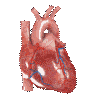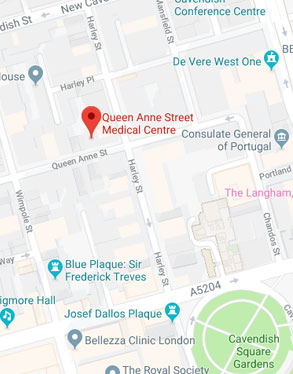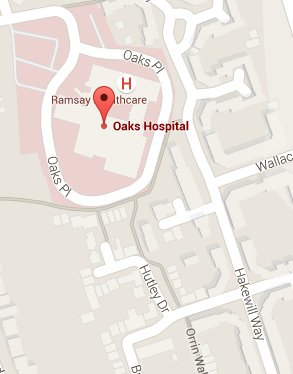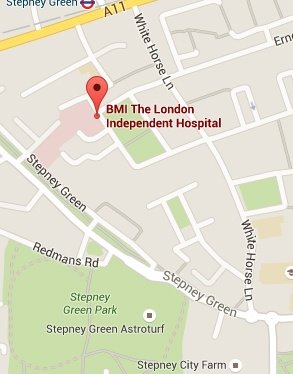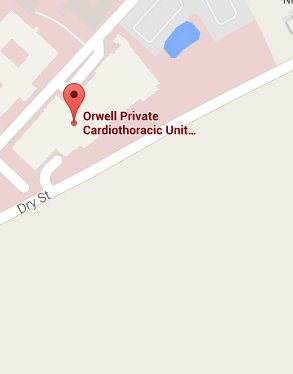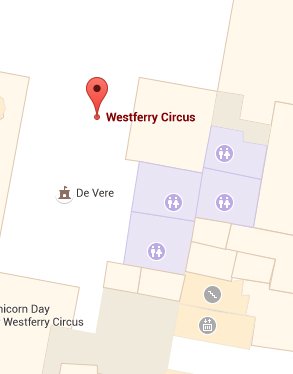Patient Info
Conditions and Procedures
Coronary Angiography
Computed tomography, known as CT scan, merges multiple X-ray images with the help of a computer to produce accurate cross-sectional views of different parts of the body. Traditionally CT was only used for static images of different parts of the body such as the brain, abdominal cavity, and extremities. However, with the advances in technology CT is being used for dynamic imaging of organs such as heart and lungs. Modern CT scanners can take 64 images per minute as compared to 1-8 images per minute, in the past.
Cardiac CT is a diagnostic procedure that uses CT technology to visualize the anatomy of the heart and the great vessels such as aorta, pulmonary veins and arteries, to identify any abnormality.
During the cardiac CT scan, a specially designed X-ray machine will move around your body and take images of your heart, at different angles. With the help of a specialized computer system all the images are compiled together to create a three-dimensional (3D) image of the whole heart.
In some cases, an iodine-based dye (contrast dye) is injected into one of the veins. The contrast dye highlights the coronary arteries that supply oxygenated blood to the heart in the images. This type of CT scan is called coronary CT angiography (CTA).
Earlier indirect non-invasive functional tests of the heart such as treadmill tests and nuclear studies were used to assess the blockage of coronary arteries. Apart from this, invasive procedures such as cardiac catheterization were employed for diagnosing coronary artery disease. The advanced non-invasive cardiac and coronary CT angiography has now replaced the cardiac catheterization surgery.
Different types of CT scans are employed for the diagnosis of heart diseases such as coronary heart disease, heart attack, congestive heart failure, and congenital heart disease and these include:
- Calcium-score screening heart scan
- Coronary CT angiography (CTA)
- Total body CT scan
Calcium-score screening heart scan: This test detects the calcium deposits in the atherosclerotic plaque found in the coronary arteries. This helps in early detection of atherosclerosis or hardening of the arteries before the appearance of the symptoms. Calcium score helps in evaluating risks for future coronary artery disease. The procedure is performed within a few minutes and does not require the injection of intravenous iodine.
Coronary CT Angiography (CTA): This is a non-invasive heart imaging technique that generates high resolution 3D images of the functioning heart and great vessels. It helps in detecting fatty plaque deposits in the coronary arteries. Prior to the test, certain (intravenous) medications are given, to stabilize the heart rate of the patient. Iodine-containing contrast dye (I.V) is injected to improve the quality of images. This technique can even detect soft plaque deposits before their hardening and development of the associated complications. As this technique is non-invasive, it is very safe with less discomfort as compared to cardiac catheterization.
Total body CT scan (TBCT): This is a diagnostic technique used to examine major areas of the body such as the lungs, heart and abdomen and helps in assessing potential disorders before the development of the symptoms.
Cardiac and coronary CT angiography is being employed for detection or evaluation of the following conditions:
- Coronary heart disease
- Plaque in the walls of coronary arteries
- Life threatening conditions such as aneurysm and dissection
- Malfunctioning of heart muscle and valves
- Pericardial disease
- Pulmonary embolism
- Conditions such as atrial fibrillation
- Analysing the consequences of coronary artery bypass grafting (CABG)
- Recommended over unclear results with treadmill or other testing
Risks and complications:
Cardiac and coronary CT angiography are very safe procedures, but as the patient is exposed to radiation there is a possibility of developing cancer secondary to excessive or repetitive exposure to such radiations. These radiations are harmful for the unborn child and should be avoided in pregnant women.
Some patients are allergic to the dye. Consult your physician before the injection of such chemical. In patients with abnormal kidney function or diabetes, the dye may adversely affect their kidney function.
Pre and post procedure instructions
Patients are instructed not to eat anything 4-8 hours before the test. Patients are free to drink water but should avoid caffeinated drinks before the test, as it stimulates the heart rate. Soon after the completion of the CT angiogram, patients can return to their normal routine activities.


